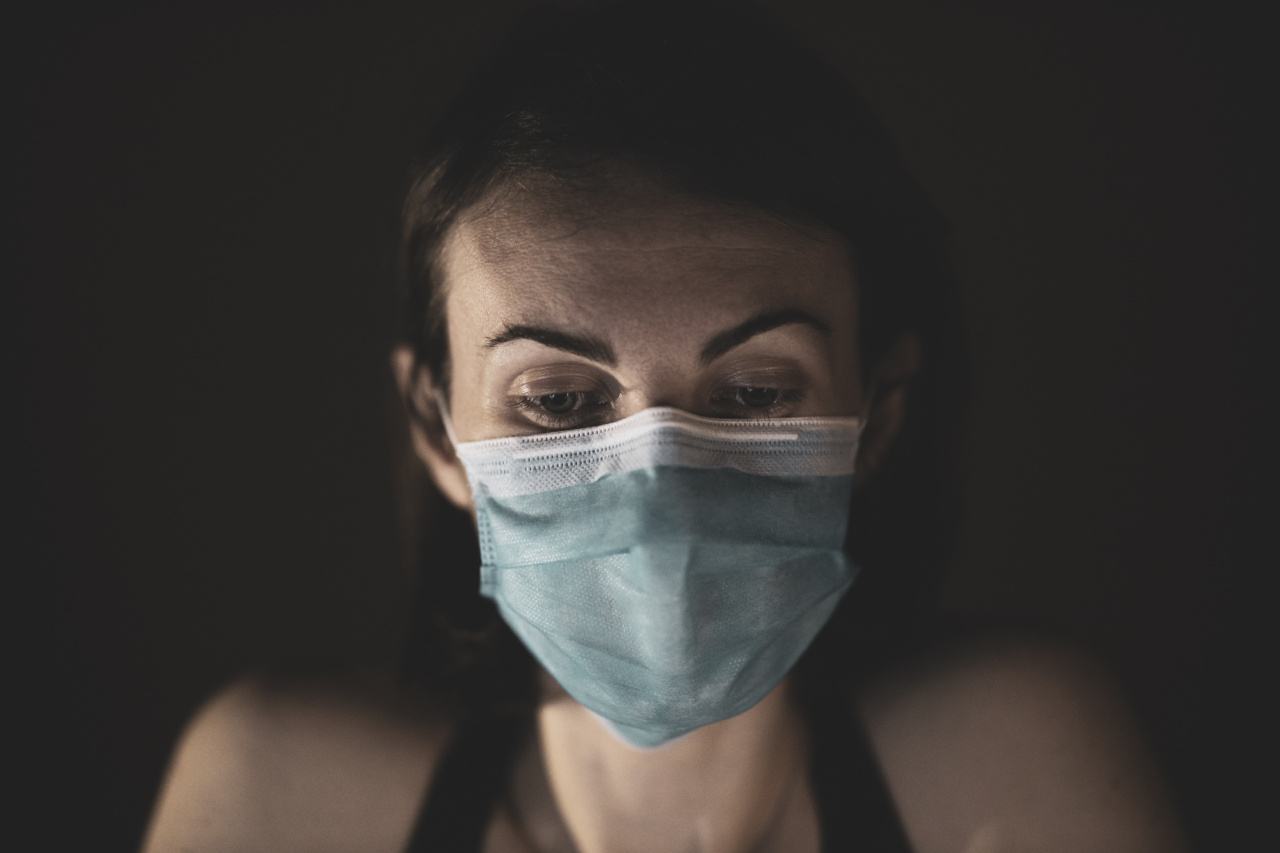Cancer is a devastating disease that can affect people of all ages. While it is often associated with older individuals, cancer can also impact young adults. In recent years, there has been a concerning rise in cancer cases among the younger population.
Understanding the most deadly cancers for young adults is crucial for early detection, prevention, and effective treatment. This article will explore ten of the deadliest cancers that young adults are susceptible to.
1. Leukemia
Leukemia is a type of cancer that affects the blood and bone marrow. It mainly impacts children and older adults, but young adults can also be diagnosed with this deadly disease.
Symptoms of leukemia include fatigue, frequent infections, bruising, and excessive bleeding. Early detection is vital for successful treatment.
2. Brain and Central Nervous System (CNS) Tumors
Brain and CNS tumors are another deadly form of cancer that young adults may face. These tumors originate in the brain or spinal cord and can be life-threatening.
Common symptoms include headaches, seizures, cognitive changes, and difficulty with motor skills. Prompt medical attention is crucial when experiencing these symptoms.
3. Colorectal Cancer
Colorectal cancer affects the colon or rectum and can be highly lethal if not caught early. Young adults may not expect to be at risk for this type of cancer, but recent studies have shown an increase in cases among people under the age of 50.
Symptoms include changes in bowel habits, blood in the stool, abdominal pain, and unexplained weight loss.
4. Breast Cancer
While breast cancer is commonly associated with women over the age of 50, young adults can also be diagnosed with this deadly cancer. Genetic factors, lifestyle choices, and hormonal imbalances can contribute to breast cancer in young adults.
Awareness of breast cancer symptoms such as breast lumps, changes in breast size or shape, nipple discharge, and skin changes is crucial for early detection and treatment.
5. Sarcoma
Sarcoma is a rare type of cancer that can develop in the soft tissues, such as muscles, tendons, and bones. While it can occur at any age, sarcoma is more prevalent in children, adolescents, and young adults.
Symptoms may include pain, swelling, or a lump in the affected area. Early diagnosis and prompt treatment are vital to improve outcomes.
6. Testicular Cancer
Testicular cancer primarily affects young adults and is one of the most common types of cancer in males aged 15-35. It usually begins as a painless lump or swelling in the testicles. Other symptoms may include testicular pain, discomfort, or a dull ache.
Regular self-examinations and awareness of the signs are essential for early detection and successful treatment.
7. Melanoma
Melanoma is a type of skin cancer that can be deadly if not detected early. Young adults who frequently engage in outdoor activities and tanning are at higher risk.
The warning signs of melanoma include changes in moles or the appearance of new pigmented spots on the skin. Regular skin checks, seeking shade, and wearing sunscreen can greatly reduce the risk.
8. Ovarian Cancer
Ovarian cancer primarily affects older women, but it can also occur in young adults. Unfortunately, this cancer often goes unnoticed until it reaches an advanced stage, making it more challenging to treat successfully.
Symptoms of ovarian cancer include bloating, pelvic pain, difficulty eating, and frequent urination. Awareness of these warning signs can lead to earlier diagnosis and improved outcomes.
9. Thyroid Cancer
Thyroid cancer is another type of cancer that young adults may face. This cancer begins in the thyroid gland, which controls various metabolic processes in the body.
Symptoms may include a lump or swelling in the neck, voice changes, difficulty swallowing, and persistent coughing. Regular check-ups and monitoring of thyroid nodules can help with early detection and prompt treatment.
10. Pancreatic Cancer
Pancreatic cancer is relatively rare in young adults, but its mortality rate is exceptionally high. This aggressive cancer often has no early symptoms, leading to late-stage diagnosis.
However, symptoms may include abdominal pain, unintentional weight loss, and jaundice. It is crucial to seek medical attention if experiencing these warning signs.
Conclusion
Cancer can affect individuals of all ages, including young adults.
The deadliest cancers for young adults include leukemia, brain and CNS tumors, colorectal cancer, breast cancer, sarcoma, testicular cancer, melanoma, ovarian cancer, thyroid cancer, and pancreatic cancer. Recognizing the warning signs and seeking timely medical attention are essential for early detection and improved treatment outcomes in young adults.


























